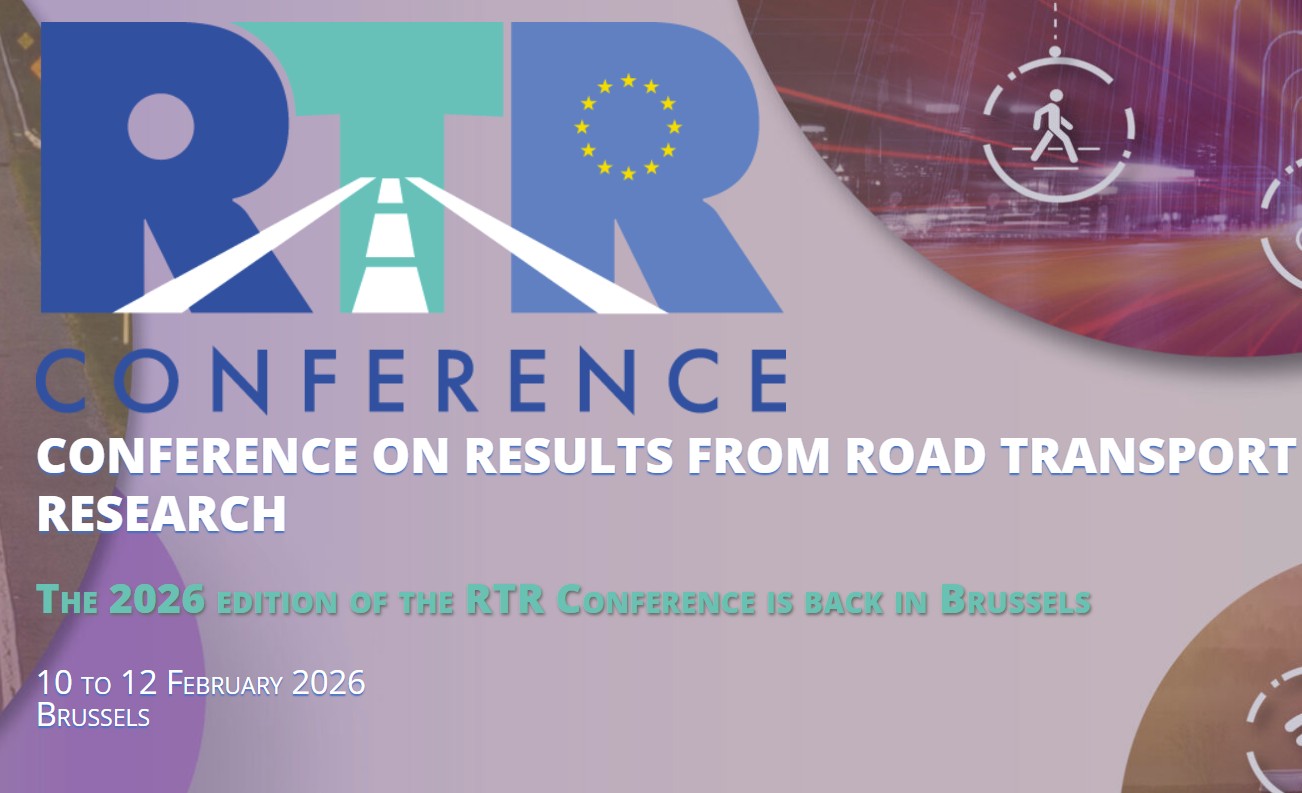Items Under Tag: speed
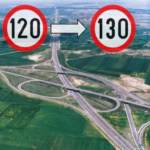
A Diploma Thesis titled ‘Investigation of the impact on road safety of increasing the speed limit on motorways‘ was presented by Eleni Georgiadou in January 2014. The objective of this Diploma Thesis is to investigate the impact on road safety of increasing the speed limit on motorways from 120 to 130 km/h in June 2007. In order to achieve this objective, data was collected concerning road accidents on motorway sections Athens – Thebes and Athens – Tripoli from the database of Department of Transportation Planning and Engineering of the N.T.U.A. with data from the Hellenic Statistical Authority and on sections of the Egnatia Motorway from Egnatia Odos S.A. for the period 2005 – 2010. The application of the methodology indicates a statistically significant increase in the number of deaths in the section Athens – Thebes a year after raising the speed limit, possibly due to the increase of the speed limit, and then ceases to be statistically significant, probably due to improvements made to the infrastructure. In the section Athens – Tripoli a reduction in accidents and victims is indicated probably due to improvements in the infrastructure while in the Egnatia Motorway there is no statistically significant change possibly due to the high geometrical characteristics of the road which might satisfy the higher speed limit. 

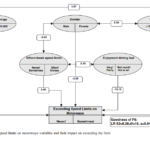
A paper titled ‘Why do drivers exceed speed limits‘ co-authored by G.Yannis, G.Louca, S.Vardaki and G.Kanellaidis is published in the European Transport Research Review. The purpose of this study is to explore relationships between drivers’ attitude towards exceeding speed limits in different types of road and the drivers’ characteristics and self-reported speed behaviour.Loglinear analysis was used and four models were developed: for motorways, main roads, country roads and built-up area roads. The model application revealed that the dependent variable (self-reported exceeding the speed limit) is strongly dependent on the belief that other drivers exceed speed limits for all four road types. 

A paper titled ‘Effects of alcohol on speeding and road positioning among young drivers: a driving simulator study’ co-authored by Z.Christoforou, M.Karlaftis, G.Yannis is recently published in the Transportation Research Record Science Journal. The paper focuses on the behavior of young drivers under the influence of alcohol, in a driving simulator experiment in which participants were subjected to a common predefined dose of alcohol consumption. Comparing behavior before and after consumption as well as across individuals and different BrAC levels allows for useful insights into driver behavior, as well as for suggestions on policy interventions. Results indicate strong differences in individuals, mainly because of differentiated driving experience and baseline driving skills. The results also designate reaction time and speeding as the most robust alcohol impairment indicators that affect driver choices directly. Most important, results suggest that the BrAC-speed curve across individuals is not monotonic over all BrAC intervals. 

The 12th World Conference on Transport Research was held in Lisbon, Portugal. At the road safety sessions quite a few interesting papers were presented, some of them concerning research carried out by NTUA.![]()
NTUA road safety presentations concerned:
![]()
![]() Modelling Intelligent Speed Adaptation
Modelling Intelligent Speed Adaptation
![]()
![]() Road infrastructure and Safety of Power Two Wheelers
Road infrastructure and Safety of Power Two Wheelers
![]()
![]() Pedestrian gap acceptance for mid-block street crossing
Pedestrian gap acceptance for mid-block street crossing
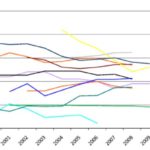
In May 2010, ETSC published a PIN Flash concerning speed, alcohol and the use of seat belts, which are the three main risk factors on the road. Data from the countries that monitor mean driving speeds in free-flowing traffic show that drivers have slowed down appreciably since 2001. Deaths attributed to drink driving have decreased somewhat faster than other road deaths since 2001 in the EU – by about 5.8%. Although obligatory in all Member States, seat belt use in light vehicles in the EU is estimated to be only 88% for front seats and as low as 72% for rear seats. 

The impact of speed enforcement on road safety has been highlighted at the recently released synthesis of the European Road Safety Observatory as prepared by the SafetyNet project. Traffic law enforcement influences driving behaviour through two processes: general deterrence and specific deterrence. Positive effects of speed enforcement on both speeding behaviour and the number of crashes are reported. 

Speeding as a major road safety issue has been highlighted at the recently released synthesis of the European Road Safety Observatory as prepared by the SafetyNet project. Speeding is one of the biggest road safety problems, consisting as a key factor in about 30% of fatal road accidents. It also greatly increases the risk of an accident. Some 40- 50% of drivers drive faster than the recommended speed limit and 10- 20% exceed the limit by more than 10 km/h. Not only does speeding raise the risk of a crash, it also increases the likelihood of severe injuries or death from an accident. 
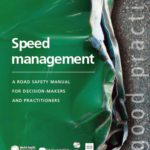
The third good practice manual, titled ‘Speed management: A road safety manual for decision-makers and practitioners’, jointly prepared by GRSP, WHO, the FIA Foundation and the World Bank, on speed management, was launched by GRSP ahead of the United Nations General Assembly discussion on road safety later this month. Speed has been identified as a key risk factor in road traffic injuries, influencing both the risk of a road traffic crash as well as the severity of the injuries that result from crashes. 



































































































































































